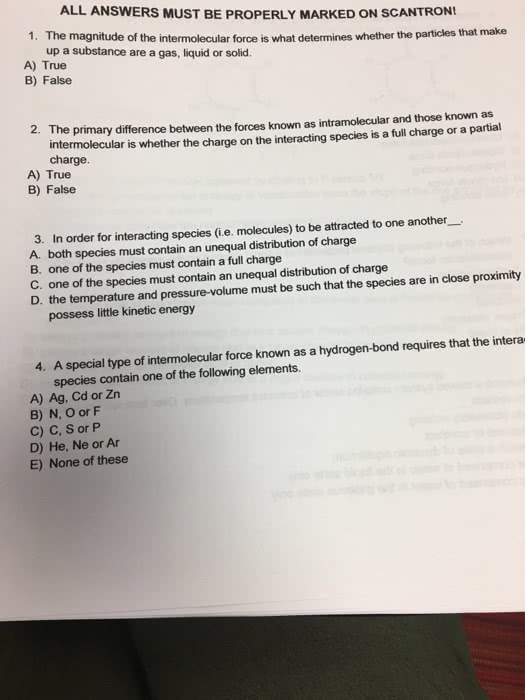CHM 11200 Chapter Notes - Chapter 11: Dipole, Intermolecular Force, Chemical Polarity
Document Summary
Intermolecular forces and the physical properties of liquids and solids. Intermolecular forces- attractive forces that hold particles together in the condensed phases. Magnitude of forces is what determines whether particles that make up a substance are a gas, liquid, or solid. Gas: particles are separated by large distances and free to move entirely independently of one another. Liquid: particles are touching one another but free to move about. Solid particles are essentially locked in place with respect to one another. Van der waals forces- attractive forces that act between atoms or molecules in a pure substance. Dipole-dipole interactions- attractive forces that act between polar molecules. Hydrogen bonding- special type of dipole-dipole interaction: only in molecules that contain h bonded to a small highly electronegative atom. Dispersion forces: have temporary dipoles called instantaneous dipoles (can induce dipoles in neighboring molecules) Certain physical properties such as boiling point reflect the magnitude of intermolecular forces.


